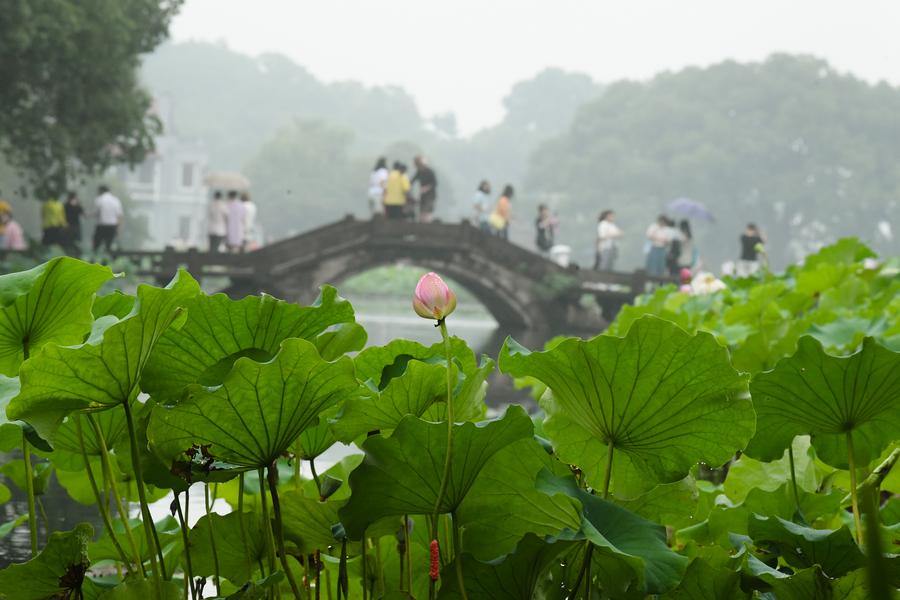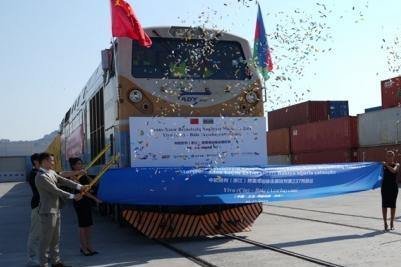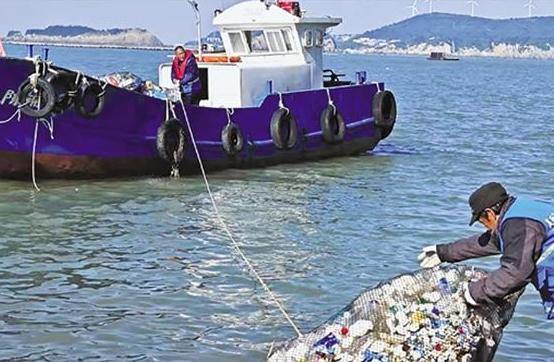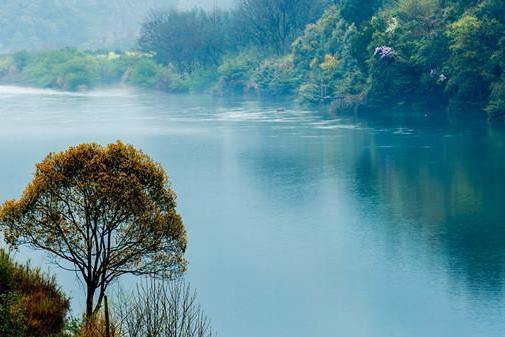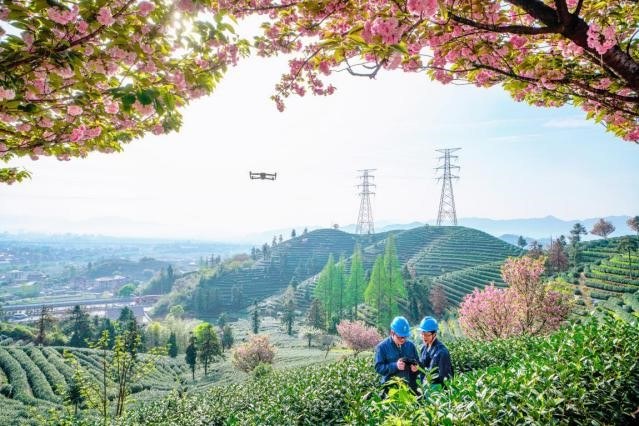7月12日,在2025年大阪世博会中国馆“浙江周”活动上,自然资源部国际合作司、浙江省自然资源厅发布了20个“绿水青山就是金山银山”理念的浙江实践案例,并在开幕式上重点推介其中五个案例,展现了人与自然和谐共生的浙江故事,向世界诠释了“两山”理念的当代表达。
Twenty cases of Zhejiang's practice of the concept of “Lucidwaters and lush mountains are invaluable assets”was released at the “Zhejiang Week” event of the China Pavilion at Osaka World Expo 2025, on July 12. Five among the cases were highlighted at the opening ceremony, showcasing the story of Zhejiang's harmonious coexistence of man and nature.
这五个故事分别聚焦竹产业升级、朱鹮保护、矿坑改造、蓝湾整治、瓯江治理,串联起浙江生态文明建设的生动图景。
The five cases focus on the upgrade of bamboo industry, protection of crested ibis, transformation of mine pits, remediation of Blue Bay, and governance over the Oujiang River.
一根竹子的故事:安吉“竹韵新生”
The story of bamboo: green revival in Anji county
在“两山”理念发源地安吉,百万亩翠绿的竹林,曾是村民致富的希望。然而一度因低端产业链陷入困境,“卖竹不如卖柴”。如今,安吉正通过“以竹代塑”,让这片竹林焕发新生。全县建立起“1+5+100+X”的竹产业体系,从国家级园区到微型工坊,串起一条“全竹利用”的绿色产业链。2024年竹产业总产值达192.6亿元,年均替代塑料超30万吨。
In Anji, the birthplace of the concept of “Lucid waters and lush mountains are invaluable assets”, over 1 million mu (about 66,666.7 hectares) of bamboo forest once pillar industry of local villagers. However, the low-end bamboo industry chain once left locals lamenting “less profitable than firewood”. Today, Anji is bringing new life into these bamboo groves through its bamboo-based alternatives to plastic initiative. The county has built a “1+5+100+X” industrial system—linking a national Bamboo Industrial Park with Shared Prosperity Small-Micro Industrial Parks—to create a full-spectrum bamboo utilization system. By 2024, the total output value of Anji’s bamboo industry reached 19.26 billion yuan ($2.68 billion), replacing over 300,000 tons of plastic annually.
更令人欣喜的是,安吉还让竹林变身“绿色银行”:通过“两山合作社”实现碳汇统一交易,累计交易竹林碳汇2.5万吨、交易额173万元,竹林碳汇衍生经济收益超15亿元。村集体和农户的收入也水涨船高。在安吉,竹不再是单纯的资源,而成为了通往未来的钥匙。
Additionally, Anji has transformed bamboo forests into a "green bank". Through its “Two Mountains Cooperative” carbon trading platform, the county has facilitated transactions for 25,000 tons of bamboo carbon sinks, generating 1.73 million yuan in direct revenue and over 1.5 billion yuan in broader economic benefits from the bamboo carbon economy. Village collectives and farmers have seen their incomes rise steadily.
“以竹代塑”系列产品
The product of“less profitable than firewood
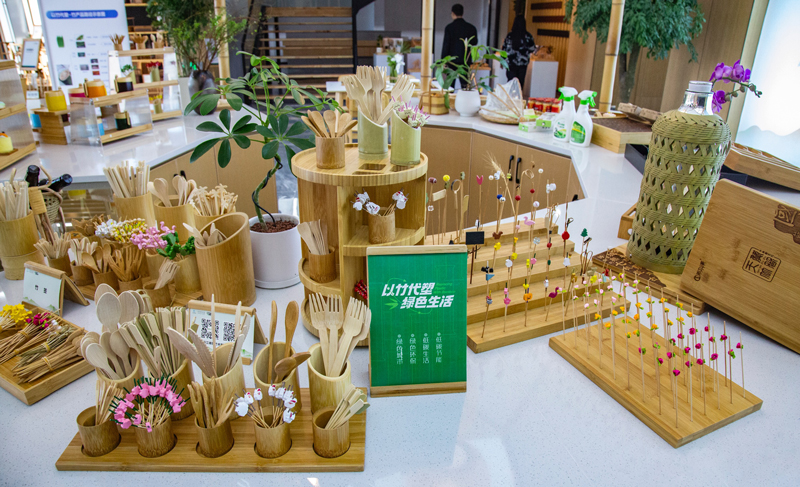
图源:人民网-浙江日报
一只鸟的故事:德清“朱鹮归来”
The story of a bird: The revival of crested ibis in Deqing county
在浙江德清,一只鸟的回归成就了人与自然的双重奇迹。这只鸟叫朱鹮,被誉为“东方宝石”,在上世纪50年代末便已在浙江绝迹。2008年,德清从陕西引进5对朱鹮,十余年时间,它们的数量增至858只,放归个体存活率突破65%,并在太湖流域形成了稳定的野外种群。
In Deqing county, the comeback of a bird has sparked a dual miracle for nature and people. The crested ibis, known as the “Pearl of the East”, vanished from Zhejiang in the 1950s. In 2008, Deqing introduced five pairs of the bird from Northwest China’s Shaanxi province. To date, their population has soared to 858, with a 65 percent survival rate of reintroduced individuals, establishing a stable habitat in the Taihu Lake Basin.
这背后,是8.2平方公里的湿地修复,是水质提升、生物多样性的提升,是建成十余万平方米“水下森林”为朱鹮打造专属“餐厅”和“卧室”,更是全国首创的“自由恋爱+野化训练”模式和全天候国家级野生动物疫源疫病监测站的加持。如今的德清,将朱鹮保护与生态旅游有机结合,下渚湖湿地每年吸引超过120万人次游客,成为人与自然和谐共生的实景写照。
Behind this success lies 8.2 square kilometers of restored wetlands, water quality improvement with biodiversity, and over 100,000 square meters of underwater forests—crafted as the crested ibis’ exclusive “dining rooms” and “bedrooms”. Now, Deqing merges conservation with ecotourism. Xiazhu Lake draws over 1.2 million visitors annually, showcasing a vivid testament to the harmonious coexistence between humanity and nature.
德清朱鹮繁育研究基地的朱鹮
Crested ibis at Deqing crested ibis breeding research base
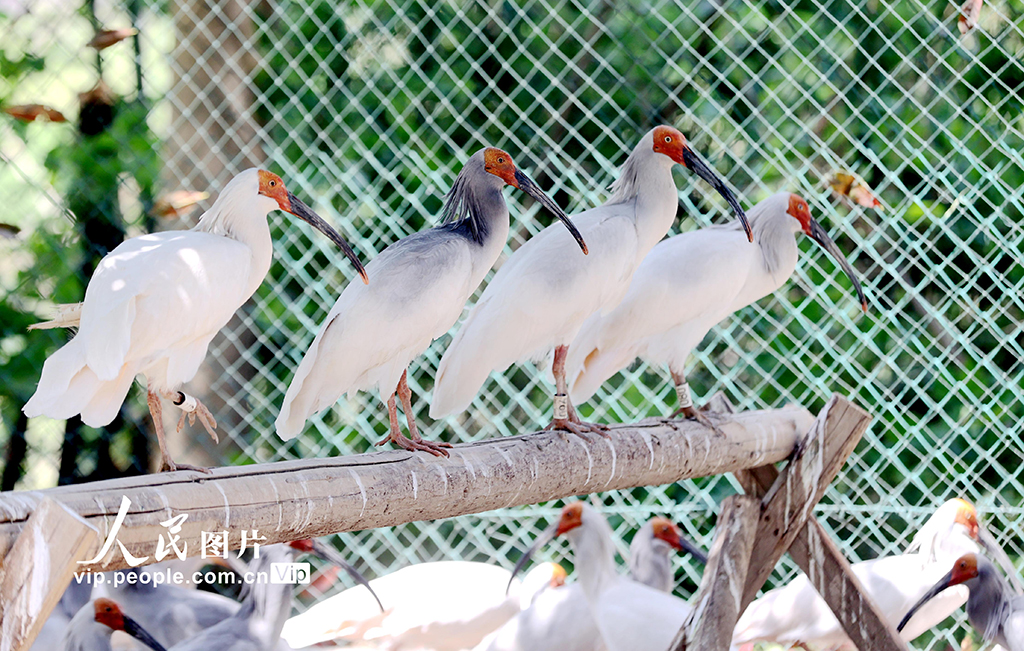
图源:人民网
一个矿坑的故事:安吉、杭州“矿坑涅槃”
The story of a mine pit: revitalization of old mines in Anji and Hangzhou
曾经的安吉青山矿坑,是大地的伤疤;如今,它变身北欧风情的自然景观。两个废弃石灰岩矿坑,通过水系连通与岸线重塑,变身为“心形”水塘,并开创“产业反哺”路径,通过利用尾矿砂造景、生物链净化构建悬崖酒店等业态,吸引120余名青年创客返乡创业,修复区经济价值提升超五成。
Once, the Qingshan Mine Pit in Anji was a deep scar on the land. Today, it has transformed into a scenic spot famous for Nordic-style landscapes. Two pits were reshaped into a heart-shaped lagoon and pioneered an industry-regenerative development model that repurposes tailings for landscaping and purifies biological chains to build cliffside hotels and other businesses. The restored area has seen more than a 50 percent increase in economic value and attracted more than 120 young entrepreneurs back to the village.
同样的转型,也出现在杭州。杭州国家版本馆将余杭废弃矿坑打造成山体书库,与良渚港水系交相辉映,宋韵建筑群与修复后的自然基底相得益彰,成为“建筑与自然对话”的典范之作。这些“矿坑故事”共同讲述着浙江如何探索生态修复与价值转化的双轮驱动,破解传统矿区“治理即负担”的困局。
Such transformation also took place in Hangzhou. The Hangzhou Branch of the National Archives of Publications and Culture turned a Yuhang mine pit into a mountainside library while connecting the water system of Liangzhu. The Song Dynasty-style architectural complex breathes in harmony with the restored landscape.
The two examples reveal how Zhejiang explores ecological restoration and value transfer.
改造后的安吉县废弃矿坑
Renovated abandoned mine pit in Anji county

图源:人民网-人民日报
一片海湾的故事:温州洞头“蓝湾筑梦”
The story of a bay: Marine eco-protection of the Blue Bay in Dongtou
温州洞头,是浙江的一座海岛县,拥有得天独厚的海洋资源禀赋,也曾面临岸线破碎、湿地退化、沙滩蜕化的困境。近年来,当地通过“蓝色海湾”整治行动,重构海洋生态系统。十里湿地里,“南红北柳”交错生长,新增常驻候鸟56种;海岸线上,沙滩、山体被修复,亲海廊道蜿蜒23公里。
Dongtou is an island county in Wenzhou, Zhejiang, and home to unique sea resources. Its marine ecosystem once faced tremendous challenges such as fragmented coastal habitats, degraded wetlands and eroded beaches. The area has rebuilt its marine ecosystem through the Blue Bay Restoration Initiative. Wetlands now flourish with plantations of both north and south China, welcoming more than 56 new resident bird species. Along the coastline, sandy beaches and mountains have been restored, and a 23-kilometer seaside walkway has been created.
更重要的是,洞头在全国率先启动总投资28.8亿元的海洋EOD项目,推动渔民转型为民宿主,户均年收入超10万元。此外,洞头制度创新与技术赋能并重,建立“湾长制”管理机制,实时监测“蓝色海湾指数”。一座座海岛,不仅变得更美,也变得更富。
Beyond ecology, Dongtou pioneered China’s first 2.88-billion-yuan EOD (Eco-Environment-Oriented Development) model, turning fishermen into homestay hosts with average annual income exceeding 100,000 yuan.
蓝色海湾整治工程
Blue Bay remediation project
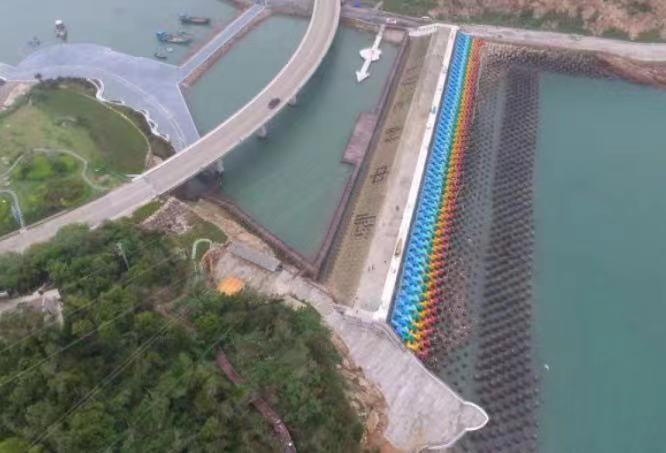
图源:人民网-浙江频道
一条河流的故事:丽水“山水蝶变”
The story of a river: Transformation of natural resources in Lishui
瓯江发源于丽水,这里有华东最大的云和梯田,也有“水上森林”与萤火虫齐舞的九龙湿地。通过实施瓯江源头中国山水工程,浙江用最小化干预、最大化保护的方式恢复生态——修田坎、疏水道、引活水,云和梯田再度蓄水成泽。九龙湿地则依据不同动物习性分区施策,雕琢出层次分明的栖息空间。
The Oujiang River, originating in Lishui, cradles East China’s largest Yunhe Rice Terrace and Jiulong Wetland. Through the implementation of the Oujiangyuan Landscape Project, with minimal intervention and maximal protection, Yunhe Rice Terraces once again hold water.
如今,火炬、黄腹角雉、小杜鹃、金斑鸻等鸟类重新现身,萤火虫数量超过百万。生态价值也正加速变现,云和梯田年接待游客超百万人,周边开设特色民宿175家,带动村民人均增收超过20万元;九龙湿地赏萤季周边民宿总收入增长约五成,新增湿地巡护等113个就业岗位,让村民在家门口就能享有生态红利。
In Jiulong Wetland, animals have been zoned according to their habits and carved out layered habitats. Rare birds like little egret, lesser cuckoo, and Pacific golden have returned, while population of fireflies exceeds 1 million. Ecological value is also accelerating.
Yunhe Rice Terraces has received an annual average of 1 million tourists, 175 distinctive guest houses have been developed, and the average annual turnover per guest house exceeds 200,000 yuan. Jiulong Wetland firefly season boosts local lodging revenue by 50 percent, adding 113 wetland patrol jobs.
温州瓯江引水工程西向分水隧洞入口
Oujiang River diversion project westward diversion tunnel entrance
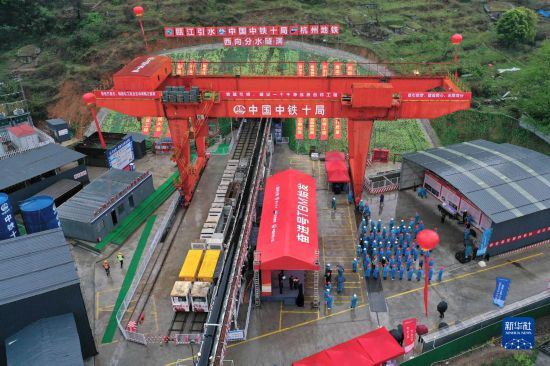
图源:新华网
20年来,浙江坚持以“两山”理念为指引,推动生态资源向生态资产转化,走出了一条具有中国特色的绿色发展之路。从竹林到海湾,从矿坑到河谷,一个个绿色样本正不断走向世界,也向全球展示了中国式现代化的生态底色与发展智慧。
Twenty years on, Zhejiang has transformed ecological resources into economic assets and explored a green development path with Chinese characteristics.
